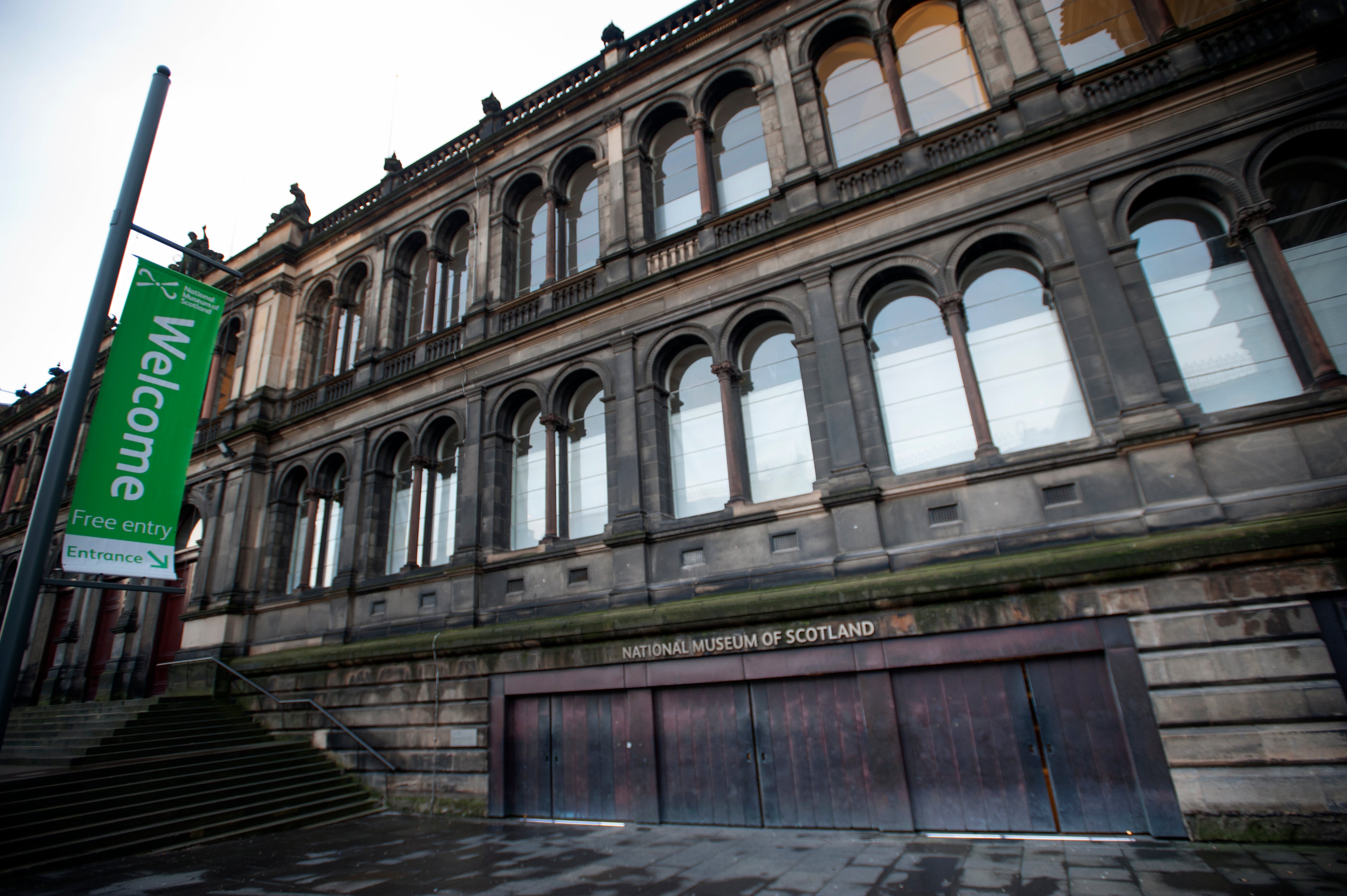Bird fossil collection bequeathed to Scottish museum
The collection of items dating back from 54 to 56 million years ago is believed to contain many species which are new to science.

Your support helps us to tell the story
From reproductive rights to climate change to Big Tech, The Independent is on the ground when the story is developing. Whether it's investigating the financials of Elon Musk's pro-Trump PAC or producing our latest documentary, 'The A Word', which shines a light on the American women fighting for reproductive rights, we know how important it is to parse out the facts from the messaging.
At such a critical moment in US history, we need reporters on the ground. Your donation allows us to keep sending journalists to speak to both sides of the story.
The Independent is trusted by Americans across the entire political spectrum. And unlike many other quality news outlets, we choose not to lock Americans out of our reporting and analysis with paywalls. We believe quality journalism should be available to everyone, paid for by those who can afford it.
Your support makes all the difference.A collection of more than 700 bird fossils dating back from 54 to 56 million years ago has been donated to National Museum Scotland.
It is believed the items include many species new to science, one being a falcon-like bird and another a diver or loon.
The collection, hailed as being one of the most important in the world by experts, is from the beginning of the Eocene period and represents the early stages in the evolution of modern birds.
A notable characteristic of this period is that the global climate was several degrees warmer than it is today, meaning that the specimens may give scientists useful information about climate changes.
Palaeontologists have said there is no other collection like it in the UK.
The rare specimens were collected over the decades by amateur palaeontology enthusiast Michael Daniels, who died last year aged 90.
He had assembled the several hundred skeletons and part skeletons that he had discovered in nodules of the London Clay, which had eroded out of the cliffs at Walton-on-the-Naze in Essex.
Experts have said the items are unusual in terms of bird fossils in that they are preserved in 3D.
Bird bones are light and fragile and so their remains are more commonly flattened prior to fossilisation.
Mr Daniels’ daughter lived in Edinburgh, and it was on a family visit to the National Museum of Scotland more than 25 years ago that he shared news of his collection with the museum’s principal curator of vertebrates, Dr Andrew Kitchener.
Speaking about the fossils, Dr Kitchener said: “I was astonished at the amazing variety of specimens of all shapes and sizes.
“Many of the bones were minuscule, requiring great patience and skill to extract.
“The fact that the collection is now with us here at National Museums Scotland will be of interest to palaeontologists across the world.”
Work is under way to fully document the impressive findings.
Experts believe the collection could yield at least 50 new species once research is completed.
Avian palaeontologist Dr Gerald Mayr of the Senckenberg Research Institute, Frankfurt am Main, visited Mr Daniels many times to view the fossils he had gathered over his lifetime.
“The importance of Michael Daniels’ collection cannot be overstated,” said Dr Mays, who has already published two papers describing new species in collection.
“There is nothing like it in the UK, certainly, and it is comparable to other bird-rich sites in the US, China and Germany.
“The fact that so many specimens are preserved in three dimensions makes this one of the most important collections of its type in the world.”
The collection is now undergoing conservation and preservation work at the National Museums Collection Centre in Edinburgh, where it will be kept and made accessible to researchers.